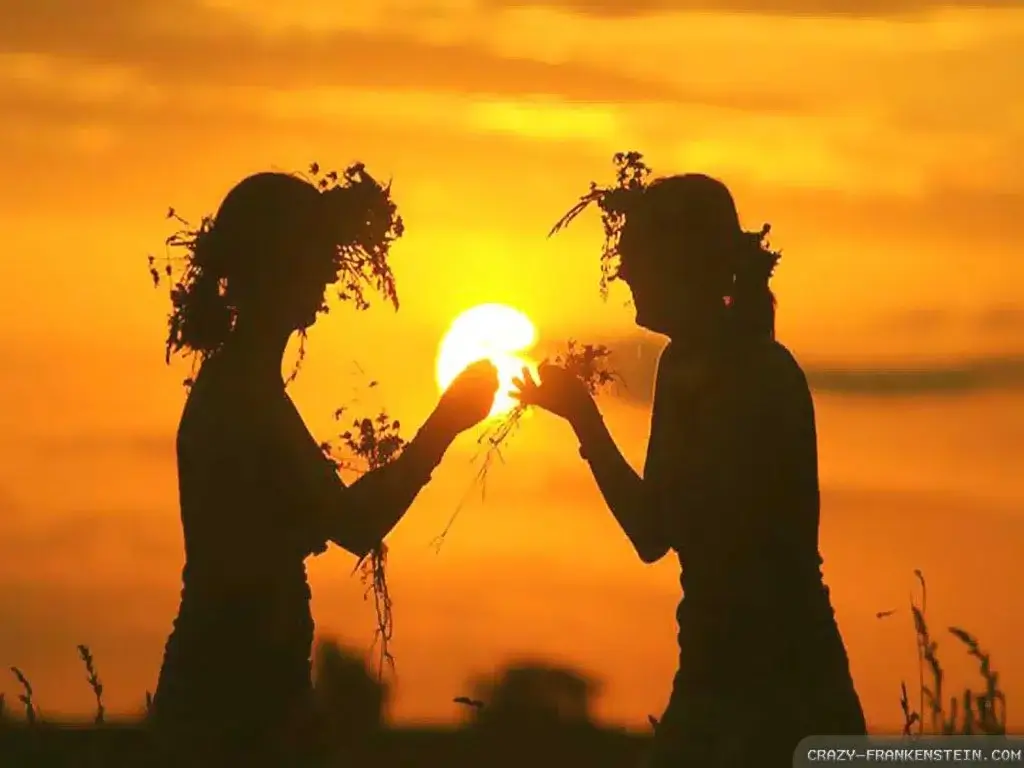Other Names
Midsummer, St. John’s Day, Longest Day & Shortest Night, Summer Solstice
Colors
look to nature for the colors of Litha, as seen in the sky, woods, and flowers
Foods
honey, elderberry, strawberry, fennel, thyme, fresh greens, mead, light wines
Stones
peridot, diamond, emerald, lapis lazuli
Symbols
Spear (God) and Cauldron (Goddess), bonfire, sunwheels
Flower and Plants
oak, birch, white lilies, St. John’s Wort, mistletoe, elderflower, lavender, pine, fern, rose
Litha, or Midsummer, occurs on the summer solstice, marking the longest day of the year and the midpoint of the cycle. This celebration ushers in summer, a season where the sun’s powerful energies foster growth and expansion, making it an ideal time to nurture your ideas, goals, and desires. After sundown, light bonfires to honor the peak of magickal power while acknowledging that all things are fleeting. Celebrate abundance, fertility, virility, beauty, and the earth’s bounty—perfect for handfastings and workings for empowerment and fulfillment. Like Yule, Litha is also a time of rest, though it’s one of relaxation after months of planning, planting, and tending. Perform Sun magick to fuel growth and abundance spells, offer gifts to the local spirits, and consider attracting a house spirit if you wish. Freshen your home with Sun water, picnic, play outdoor games, and build a bonfire to celebrate the freedom that comes after hard work.
- make floral wreaths for your front door
- host a bonfire and potluck
- gather and dry herbs to use throughout the year
- take time to meditate
- give thanks for your blessings
- create an “invisibility” amulet from seeds of ferns
- gather plants and flowers on Midsummer Eve
- build a faerie house in the woods
